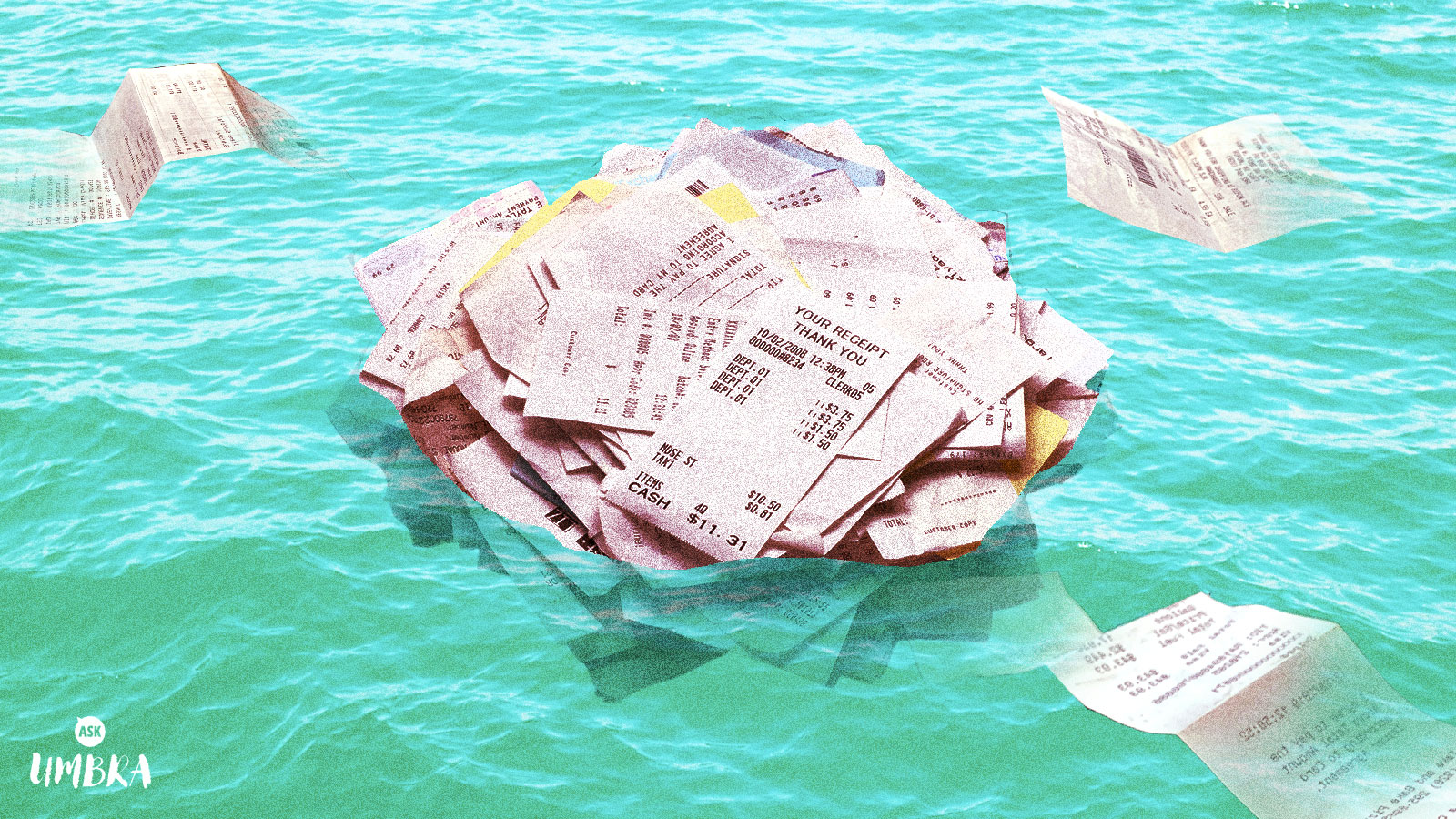Q. Dear Umbra,
Which personal consumption choices actually help solve climate change, and which should I consider to be me just greenwashing my life?
— Still Hoping Online Pandemic Purchases Evade Responsibility
A. Dear SHOPPER,
One of the best descriptions I’ve heard of advertising comes, naturally, from Don Draper in the very first episode of Mad Men: Advertising is based on happiness, he says. It’s “a billboard on the side of the road that screams with reassurance that whatever you’re doing, it’s OK.”
This is the basic crux of “green” product advertising: the promise that you don’t have to change what you’re doing (buying stuff), you just need to be buying the right stuff. Sneakers made out of plastic bottles harvested from the great garbage patch! Coasters lovingly crafted from pulverized IKEA furniture! And every time I come across such products, I think: Wow, maybe I DO need a pair of sneakers made out of sea trash!!! It’s such a seemingly special and serendipitous alignment of my interests — eco-friendly things! — and my desires — sneakers! (Or at least, the desires of a more exercise-prone version of myself.) In the land of impulse shopping, that’s a pretty clear win-win.
But, of course, such a lovely coincidence ignores the two questions that should actually drive your sustainable purchases decision making: Do you really need this product? And is this the best thing for you right now?
Greenwashing, for those of you not on the mailing lists of approximately a thousand “sustainable” fashion brands, is when you’re led to believe that some product or service is much better for the Earth than it actually is. This is going to be an unpopular opinion, but I’m tired and it’s already been a hell of a month: Any consumption choice that is presented to you, rather than one you seek out, is going to greenwash your life, to some degree.
Most people who have done some research into the biggest drivers of their carbon footprints agree on the Big Three: housing, transportation, and food. The square footage of your home, the degree to which you depend on a car, and the amount of meat you eat will all make up the lion’s share of your impact, at least in wealthy, industrialized countries. So if you’re looking for a game-changing purchase, think of products that help you cut emissions in one of those sectors: an e-bike to replace most of your car trips, super-insulated windows for your house, or plant-based alternatives to meat and dairy at the grocery store, for example.
But what about those other eco-products you see advertised all over the place — the bamboo iPhone cases and recycled denim jeans? The carbon savings of those products make up a lesser, but non-negligible, part of your total planetary impact. A 2018 report from C40 Cities found that approximately 10 percent of the carbon footprints of North American city-dwellers came from their purchases of things like clothing, home goods, and electronics. That’s not nothing, especially considering two-thirds of consumption-based GHG emissions come from the growing, manufacturing, and shipping that take place far outside your household. In other words, the climate impact of urban purchasing power goes way beyond the borders of cities themselves.
Buying goods that are made of recycled materials, certified fair trade, etc., is certainly important because it cultivates a market for those things over more exploitative and polluting alternatives. But buying such things according to the standard American model — recklessly, to be used hardly at all and then thrown away — is not going to do much good for the environment. A McKinsey report on the future of a more climate-conscious clothing industry, for example, noted that reducing clothing overproduction saves almost four times the emissions as sourcing more recycled materials. And, of course, buying secondhand will pretty much always result in more carbon savings than a new purchase, eco-friendly or not.
But what happens when you actually do need to buy a new thing, and secondhand isn’t a great option? I’ve argued over and over that the most sustainable purchase you can make is one that you’ll use forever. We are inundated by advertisements that, in this nightmarish era of internet “monetization,” attempt to cleave to our ideals — or whatever an algorithm has determined to be our ideals. This means that if you’re spending even a modest amount of time online, you are more or less constantly fielding swings from brands new and old trying to get your attention. Inevitably, some of them are going to catch your eye! It happens!
Whenever you see an intriguing “eco-conscious,” “sustainable,” “pro-climate” brand advertised in one of your many feeds, try this: Instead of instantly clicking over to see what you can buy from them, write the company’s name down somewhere for future reference. Keep a list of such brands — and there are a lot of them popping up all the time, as my 10 billion press releases can prove — and maybe even categorize them by type: cookware, bras, skincare, athletic gear, etc. The next time you find yourself really needing to replace something in any of those categories, check out what those vendors have to offer. And perhaps most importantly, research their credentials!
The best advice I can give is to be conscious of being marketed to; you are not a passive recipient of advertising! You seek out the best version of what you need, when you need it. Don’t take whatever pops up in front of you just because it catches your fancy or happens to be on clearance; you (and Earth!) deserve better.
Encouragingly,
Umbra



